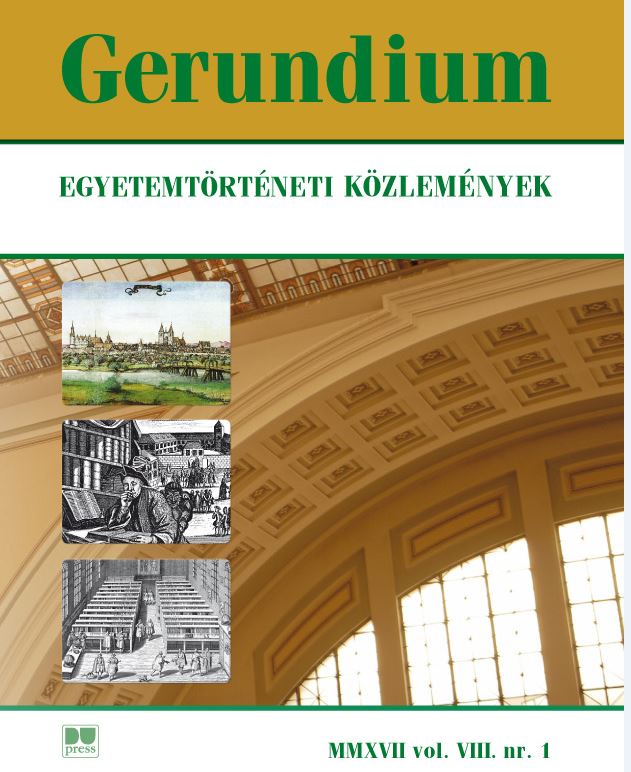A katolikus peregrináció lehetőségei és következményei a 16. század közepén (1530–1580)
Szerző
Megtekintés
Hogyan hivatkozzuk
Absztrakt
Chances and consequences of Catholic academic Peregrination in mid-16th c. Hungary (1530–1580). This study deals proposes a preliminary answer to the questions what the most popular trends of Catholic academic peregrination were after the arrival of Protestantism in Hungary, and what its most important consequences were in terms of career advancement and cultural influences. It seems that academic peregrination remained prevalent in the circles of higher clergy both through family ties and because
of career advancement, with the exception of bishop friars and bishop warlords. There survive only scanty sources about the actual graduation of the students, and a doctoral degree remained a rarity among higher clergy even after the council of Trient. The cultural impact of academic peregrination on Catholic lower clergy has not been examined yet in detail by current reserch. Three case studies are presented here on Stephanus Thomasius, Bálint (Valentinus) Nádasdi, and András Mindszenti, in order to demonstrate the modernisinig tendencies in the cultural ideologies of Catholicism. Beside a strong presence of Erasmianism, both Christian cabbala of the era, and the reform of Catholic homiletics seemed to have played an important role in the cultural impact of academic peregrination in this period.







